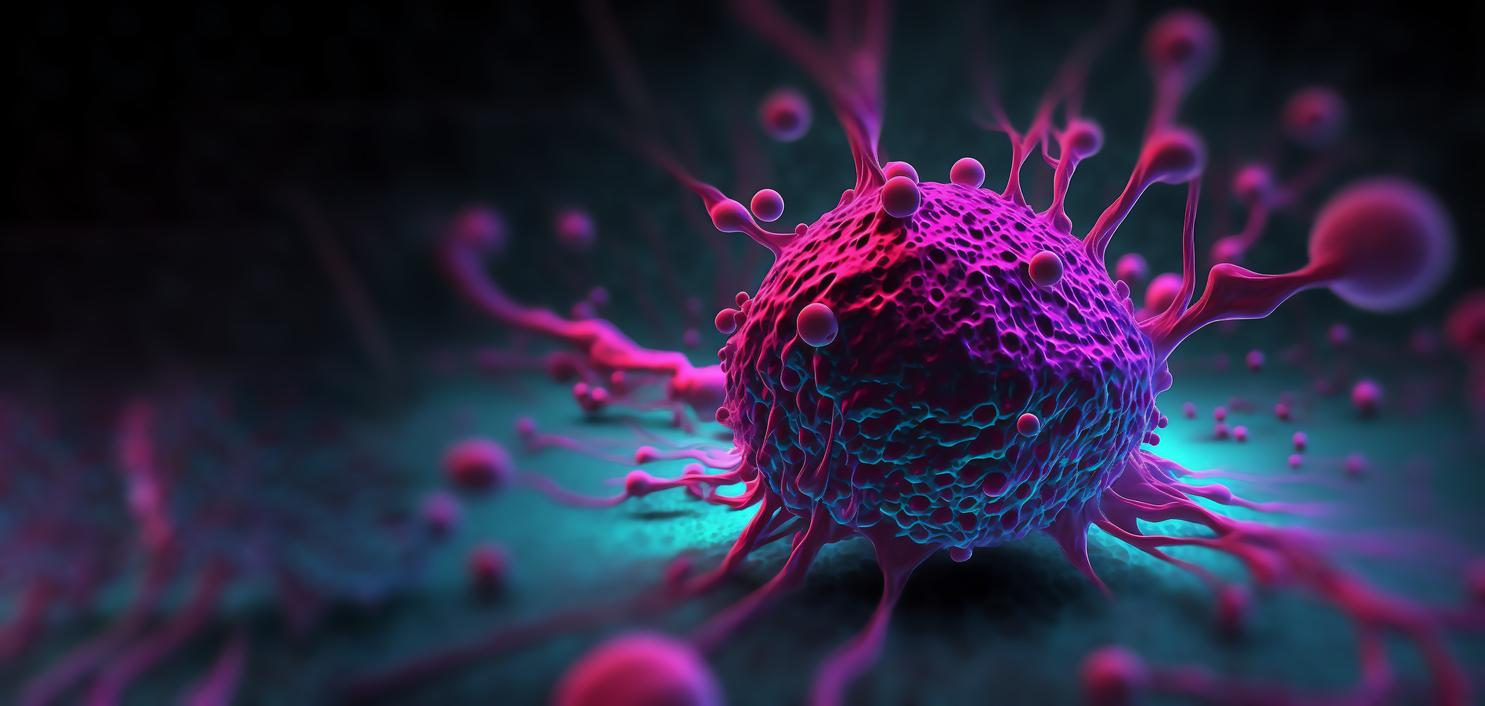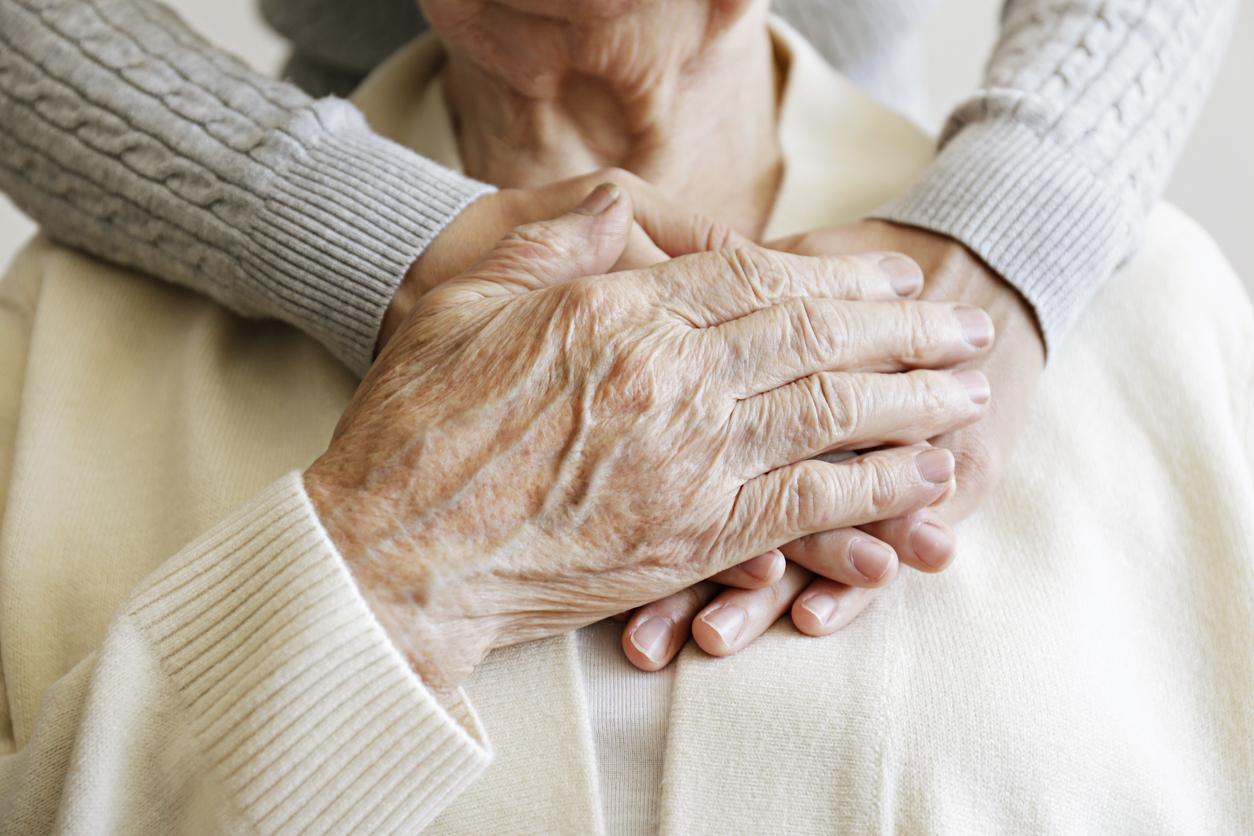The difference in life expectancy between men and women could come from germ cells, which are the origin of sperm and eggs.

- Researchers conducted experiments on killifish, freshwater fish, in which they stopped the production of germ cells.
- Germ cells are the origin of sperm for men and eggs for women.
- So they observed that men lived longer and women died younger, meaning that both sexes had a similar life expectancy.
In 2020, life expectancy was 79.2 years for men and 85.3 years for women in France, according to National Institute of Demographic Studies (Ined). A difference that science is trying to understand.
Without germ cells, life expectancy is the same
A new study, published in the journal Science Advancesmay have just solved the mystery. In their work, they conducted experiments on killifish, freshwater turquoise mako fish.
“The aging process in killifish is similar to that of humans, so I don’t think humans are necessarily more complicated, Tohru Ishitani, lead author of the study, told the media The Guardian. This research will be a springboard for understanding the control of aging in humans.”
The researchers based their work on one of the biggest differences between the sexes: sperm and eggs. In their experiments on killifish, they stopped the production of germ cells, which are the origin of gametes, sperm for men, eggs for women.
Results: They observed that without the production of germ cells, men lived longer and women died younger, meaning that both sexes had a similar life expectancy.
“We expected that eliminating germ cells would extend the lifespan of both men and women, but it only extends the lifespan of men and shortens that of women, Tohru Ishitani emphasizes. It was unexpected, but we realized that this discovery could [permettre de mieux comprendre] gender differences in life expectancy.“
Lack of sperm increases vitamin D production
In detail, the absence of gamete production, both male and female, has repercussions on the health of fish. In females, scientists observed hormonal changes that impact the maintenance of healthy tissues, as well as a reduction in estrogen, which increased the risk of cardiovascular disease. On the male side, on the other hand, they produced more vitamin D, which could explain their better bone, muscle and skin health.
At the same time, the team administered vitamin D to the fish to measure the impact of this element alone on life expectancy. Life expectancy increased by 21% in men and 7% in women. Although interesting, these results are currently only valid in animals. It is not certain that they will be observed in humans.
As a reminder, according to National Agency for Food, Environmental and Occupational Health Safety (Anses), an adult should consume 15 micrograms of vitamin D every day, according to the nutritional references for the population (RNP).
A quantity not to be exceeded because too high intakes can cause side effects such as weight loss, headaches, nausea, vomiting, intense fatigue, but also more serious health problems: cardiovascular or renal or even hypercalcemia.

















